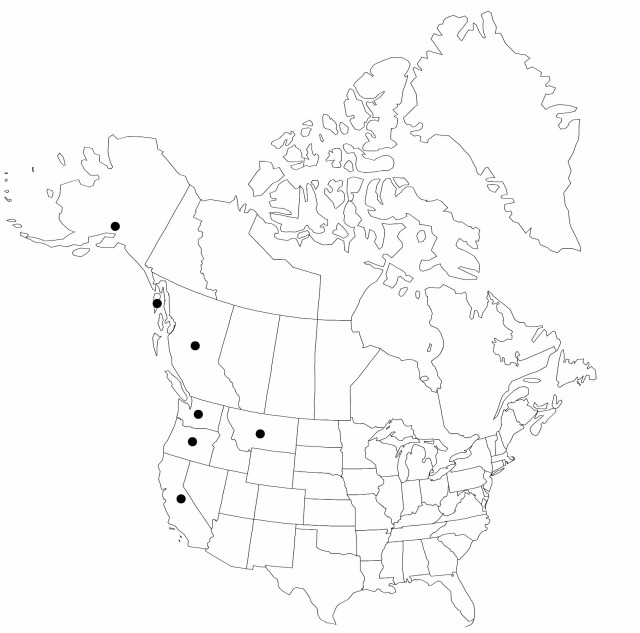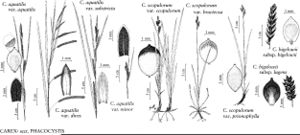Difference between revisions of "Carex aquatilis var. dives"
in H. G. A. Engler, Pflanzenr. 28[IV,20]: 311. 1909.
FNA>Volume Importer |
imported>Volume Importer |
||
| Line 6: | Line 6: | ||
|place=28[IV,20]: 311. 1909 | |place=28[IV,20]: 311. 1909 | ||
|year=1909 | |year=1909 | ||
| + | }} | ||
| + | |special_status={{Treatment/ID/Special_status | ||
| + | |code=F | ||
| + | |label=Illustrated | ||
| + | }}{{Treatment/ID/Special_status | ||
| + | |code=E | ||
| + | |label=Endemic | ||
}} | }} | ||
|basionyms={{Treatment/ID/Basionym | |basionyms={{Treatment/ID/Basionym | ||
| Line 63: | Line 70: | ||
|publication title=in H. G. A. Engler, Pflanzenr. | |publication title=in H. G. A. Engler, Pflanzenr. | ||
|publication year=1909 | |publication year=1909 | ||
| − | |special status= | + | |special status=Illustrated;Endemic |
| − | |source xml=https:// | + | |source xml=https://bibilujan@bitbucket.org/aafc-mbb/fna-data-curation.git/src/bb6b7e3a7de7d3b7888a1ad48c7fd8f5c722d8d6/coarse_grained_fna_xml/V23/V23_711.xml |
|genus=Carex | |genus=Carex | ||
|section=Carex sect. Phacocystis | |section=Carex sect. Phacocystis | ||
Revision as of 21:36, 27 May 2020
Culms 35–150 cm, angles scabrous. Leaves: basal sheaths leafless, usually red-brown; blades epistomic, 5–18 mm wide, adaxially papillose. Inflorescences: peduncle of proximal spike to 11 cm; proximal bract longer than inflorescence, 3–10 mm wide. Spikes pendent or the terminal usually erect; proximal 3–6 spikes pistillate, 4.5–11.5 cm × 4–7 mm, base attenuate; terminal 2–4 spikes staminate. Pistillate scales red-brown or purple-brown. Perigynia pale brown, ellipsoid, 1.9–3.5 × 1–1.2 mm, apex acute or obtuse; beak purple-brown, 0.3–0.4 mm, papery. 2n = 72, 74, 78, 80.
Phenology: Fruiting Jul–Aug.
Habitat: Marshes, shallow water along shores
Elevation: 0–900 m
Distribution

B.C., Alaska, Calif., Mont., Oreg., Wash.
Discussion
Carex aquatilis var. dives is the most robust variety of C. aquatilis and the only member to have pendent spikes, ellipsoid perigynia, and epistomic leaves. Carex aquatilis var. dives intergrades with var. aquatilis and does not appear to be distinct at the specific level. It may hybridize with C. lyngbyei.
Selected References
None.
